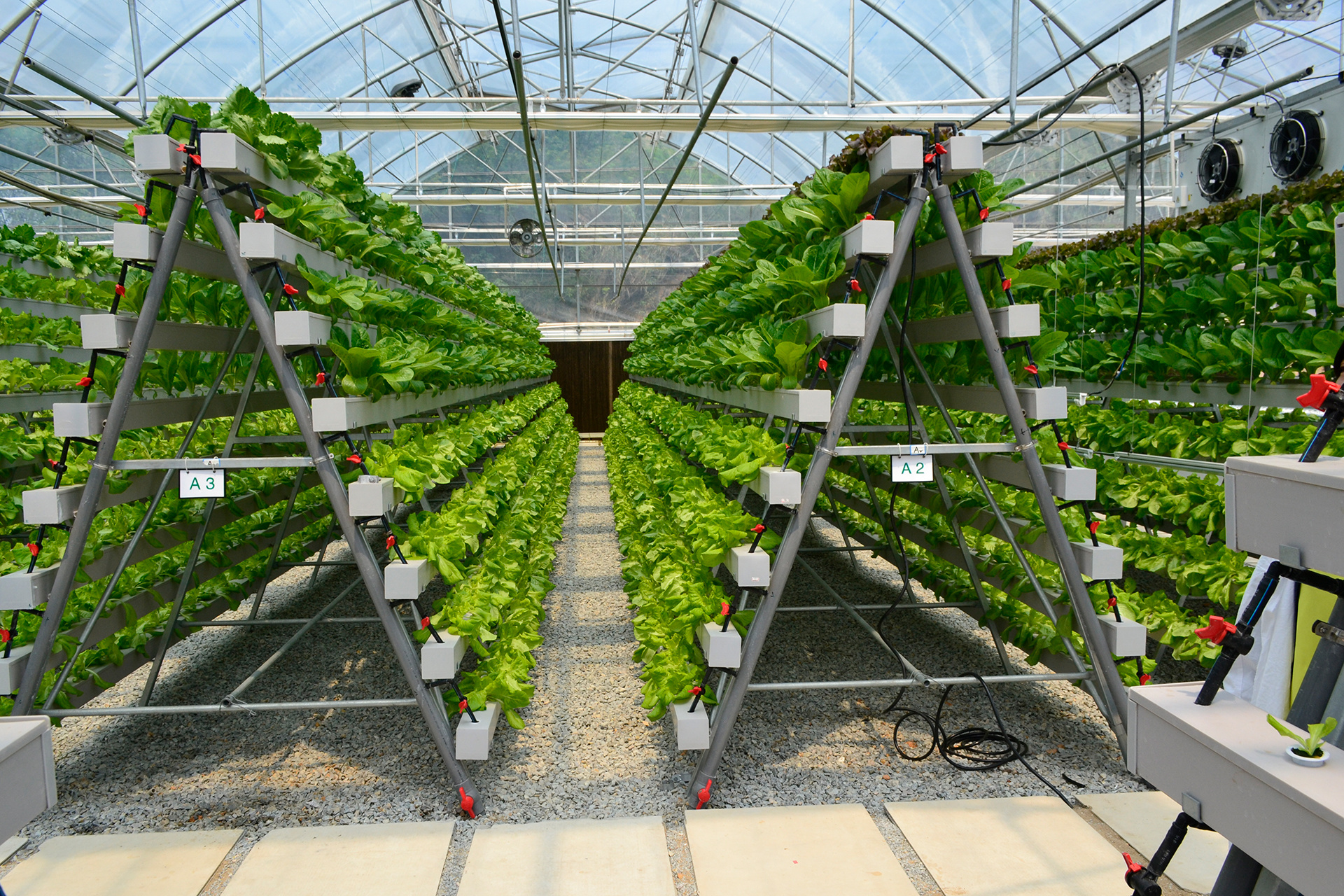Enhancing Greenhouse Efficiency: The Importance of Quality Roof Vents
Release time:
Jun 28,2025
Summary:In the world of greenhouse management, maintaining an ideal environment for plant growth is crucial. One of the key elements that contribute to this is the installation of quality roof vents. These ventilation systems play a vital role in regulating temperature, humidity, and air circulation within the greenhouse, which directly impacts plant health and growth.
Quality roof vents allow for the eff
In the world of greenhouse management, maintaining an ideal environment for plant growth is crucial. One of the key elements that contribute to this is the installation of quality roof vents. These ventilation systems play a vital role in regulating temperature, humidity, and air circulation within the greenhouse, which directly impacts plant health and growth.
Quality roof vents allow for the effective exchange of hot air with cooler air from outside. As temperatures rise during the day, excess heat accumulates inside the greenhouse, creating an unsuitable environment for plants. Roof vents facilitate the upward movement of hot air, while simultaneously drawing in cooler air from the sides. This natural ventilation process not only helps to maintain optimal temperature levels but also reduces the reliance on mechanical cooling systems, which can be costly to operate.
Another important aspect of using quality roof vents is their ability to manage humidity levels. Excess moisture can lead to various plant diseases, including mold and mildew, which can jeopardize an entire crop. By allowing moist air to escape and promoting air movement, roof vents help maintain a balanced humidity level. This is especially important during the flowering and fruiting stages of plant growth, where high humidity can hinder pollination and fruit set.
Moreover, quality roof vents contribute to better air circulation within the greenhouse. Stagnant air can create microclimates where certain areas are too hot or too cool, adversely affecting plant development. Good air circulation ensures that all plants receive adequate levels of carbon dioxide and nutrients, promoting uniform growth across the greenhouse.
When considering the installation of roof vents, it is important to evaluate different options based on the specific needs of your greenhouse. Factors such as the size of the greenhouse, the type of crops being grown, and the local climate should all be taken into account. High-quality materials and construction methods are also critical to ensure the longevity and effectiveness of the vents.
In conclusion, quality roof vents are an essential component of effective greenhouse management. By facilitating proper ventilation, they help regulate temperature, control humidity, and enhance air circulation. Investing in these systems can lead to healthier plants, higher yields, and a more sustainable growing environment. For anyone involved in greenhouse agriculture, understanding the benefits of quality roof vents is vital to achieving success in their endeavors.
Quality roof vents allow for the effective exchange of hot air with cooler air from outside. As temperatures rise during the day, excess heat accumulates inside the greenhouse, creating an unsuitable environment for plants. Roof vents facilitate the upward movement of hot air, while simultaneously drawing in cooler air from the sides. This natural ventilation process not only helps to maintain optimal temperature levels but also reduces the reliance on mechanical cooling systems, which can be costly to operate.
Another important aspect of using quality roof vents is their ability to manage humidity levels. Excess moisture can lead to various plant diseases, including mold and mildew, which can jeopardize an entire crop. By allowing moist air to escape and promoting air movement, roof vents help maintain a balanced humidity level. This is especially important during the flowering and fruiting stages of plant growth, where high humidity can hinder pollination and fruit set.
Moreover, quality roof vents contribute to better air circulation within the greenhouse. Stagnant air can create microclimates where certain areas are too hot or too cool, adversely affecting plant development. Good air circulation ensures that all plants receive adequate levels of carbon dioxide and nutrients, promoting uniform growth across the greenhouse.
When considering the installation of roof vents, it is important to evaluate different options based on the specific needs of your greenhouse. Factors such as the size of the greenhouse, the type of crops being grown, and the local climate should all be taken into account. High-quality materials and construction methods are also critical to ensure the longevity and effectiveness of the vents.
In conclusion, quality roof vents are an essential component of effective greenhouse management. By facilitating proper ventilation, they help regulate temperature, control humidity, and enhance air circulation. Investing in these systems can lead to healthier plants, higher yields, and a more sustainable growing environment. For anyone involved in greenhouse agriculture, understanding the benefits of quality roof vents is vital to achieving success in their endeavors.
Related Information
AI+ Agriculture: Discuss its present, challenges and future
With the development and popularization of artificial intelligence (AI) technology, the agricultural industry is ushering in a new change, and agriculture has gradually transformed from a traditional labor-intensive industry to a high-tech industry.
Jun 18,2024
Causes and solutions of strawberry albino fruit
Strawberry albino fruit is a very common physiological disease on strawberries. Strawberry albino fruit generally small fruit, fruit ripening after chlorosis can not be colored normally.
Jun 18,2024
Smart Greenhouse Global Opportunity Analysis and Industry, 2020-2027
Smart greenhouse is a farming technique, which helps user to monitor and control the growth condition of the plant and to optimize the growing process of the plants.
Jun 18,2024
Industry Information

